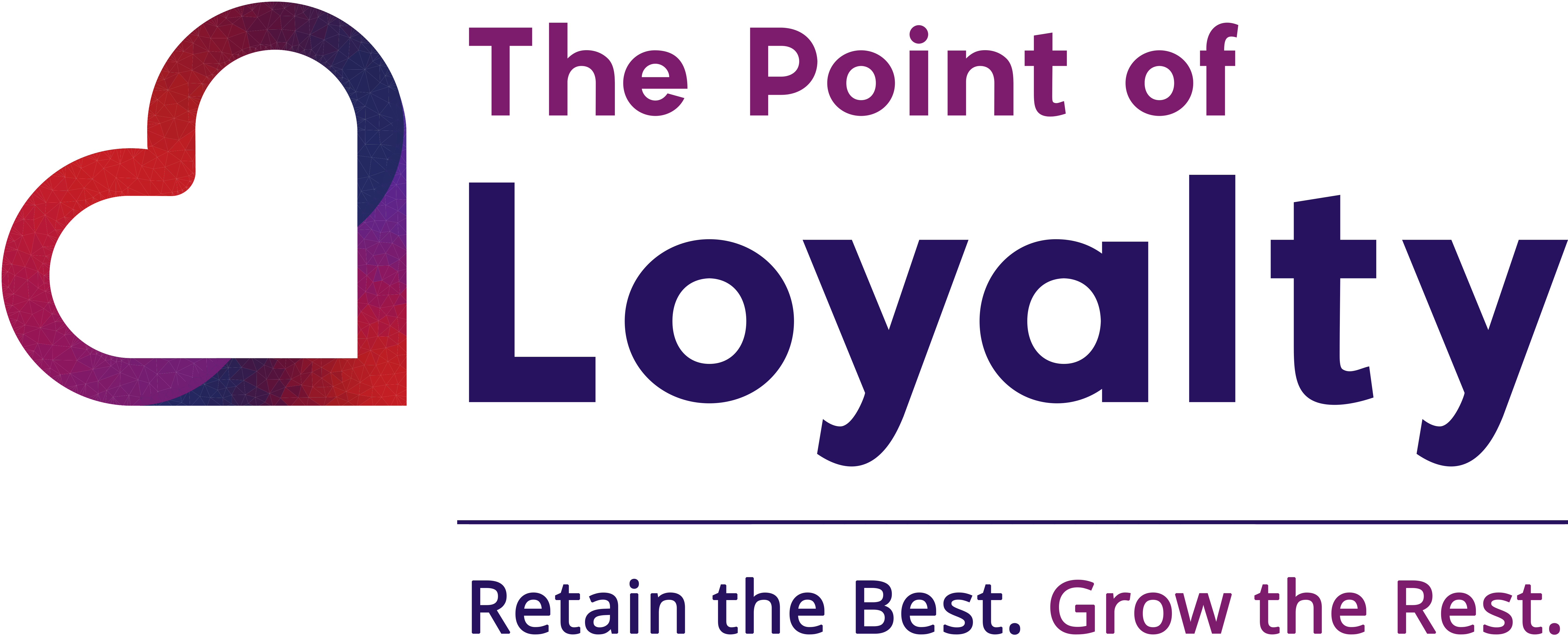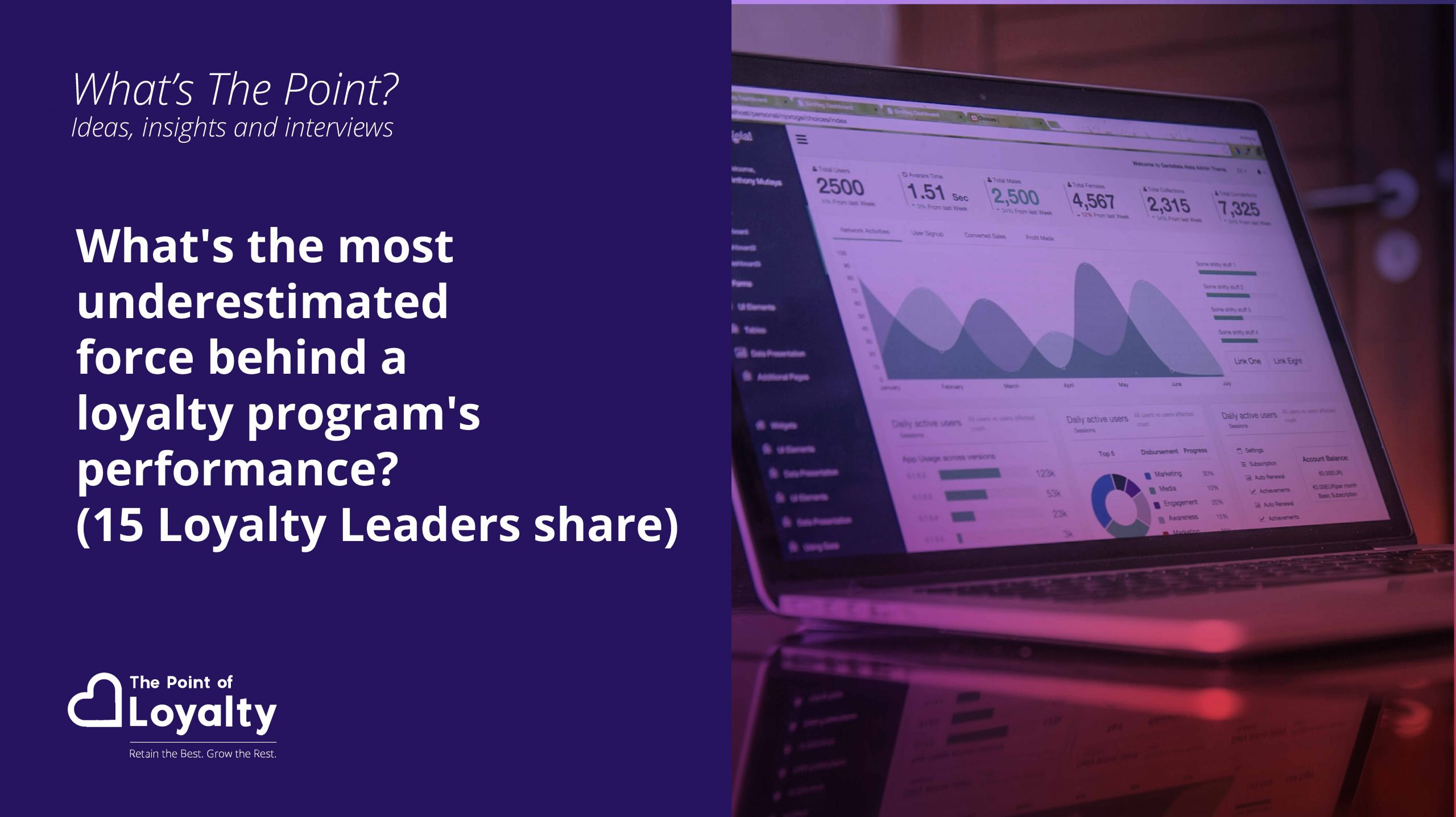As we scramble, jump, roll, dive, amble into 2024 (whichever active verb suits you), I continue to reflect on the insights gained from the 26 Loyalty Leader interviews I have completed since 2018.
(Spoiler alert: Many more to come in 2024)
I have had the privilege of learning from these leaders in loyalty and sharing their ideas and wisdom to inspire the wider customer loyalty and loyalty program marketing community to take action to lift their customer loyalty and loyalty programs out of the sea of sameness.
One of the questions I ask the Loyalty Leaders is –
What’s the most underestimated force behind a loyalty program’s performance?
The Loyalty Leaders who provided their insights to this question with links to their Loyalty Leader interviews, were (in first name alphabetical order):
Andre Korte; Anna Samkova; Dave Canty; David Palfreeman; Emma Porter; Felicity McIntosh; Glenn Baker; Jaimi Farrey; Kirsten Hasler; Leela Sennitt; Mike Ainsworth; Miranda Bliss; Rob Harker; Rosemary Martin; Sam Hopgood
I have summarised their insights into nine areas where loyalty programs can look to build on the ‘underestimated forces behind a loyalty program’s performance’.
The team
GLENN BAKER: For us, it's our team, our employees. I still think we as an industry can underestimate how important it is to get the team to appreciate and understand our program, whether it's in the simple moments, like feeling comfortable to ask if you’ve got a card, or do you have any offers, or to have them trying to get customers to download the app. Whatever it might be, the team are critical.
ROSEMARY MARTIN: For retailers, I'd have to say that it's the power of your store team members. A retail loyalty program will thrive or die based on the engagement of your frontline team, engaging with your customers directly. If your store teams don't understand or see value in your program, they're never going to get behind member acquisition and engagement drives.
FELICITY MCINTOSH: The front-line store team. Their passion for the program. Their understanding of the program – they are the loyalty managers!
JAIMI FARREY: The team. Listen to them. Ask for their feedback. They have the ideas and insights as they are living the program every day. They should be members of your program to know and understand the value of the program so they can share it with their customers.
DAVID PALFREEMAN: Personal recommendations of the program by the team in store. A team that genuinely believes it's a great program, will have no trouble getting customers to sign up. On the other hand, if they don’t believe in the program, they will not be enthusiastic about signing customers up to the program.
LEELA SENNITT: Your customer facing teams – they are your best brand ambassadors. Customer service, social media, events, outbound sales and especially retail teams play such a significant role in building brand advocates. They are also a direct line to get feedback, ideas and opportunities for improvements. I cannot understate this. It is super important they believe in the program as much as you do.
ROB HARKER: I think the most underestimated force behind a program’s performance or one that's probably not appreciated is, loyalty is never just one person. The skill and breadth of knowledge that a loyalty team have can be responsible for the best propositions an organisation can have. A loyalty team isn't there just to keep the wheels spinning. I think it's there to drive value and constantly evolve and shape the program.
EMMA PORTER: The Loyalty Team! Many businesses think that they just get a CRM or loyalty manager and they've ticked the box and it's all fine and off we go. However, I’ve seen how my whole loyalty team have achieved great success by making positive shifts across the business to drive the program. It’s the loyalty team that keeps the lights on for any program.
ANNA SAMKOVA: The team. Our teams' love for the customer.
Simplicity
ROSEMARY MARTIN: A special mention must also be made of Simplicity. If your value exchange is too convoluted or your offers are too complex, your terms and conditions are too long, or its even remotely time consuming for someone to sign up or log in, you've lost them.
SAM HOPGOOD: The biggest thing for me is the program must be simple. Simple for members to understand the program. It’s got be simple for our team at point of sale. If the consumer kind of glazes over or doesn't quite understand it. That's a loyalty killer. It's such a small moment in time that the opportunity is there. Keep it simple.
Analytics to action
SAM HOPGOOD: For me, it's analysis. The importance of a data analyst team cannot be underestimated. You just don't realise how powerful it is until you get the analysis and take the action from the insights. The analysis and insights they give us is the force behind our programs ongoing improvement.
KIRSTEN HASLER: Smart and nimble analysts. If you don’t have the people to tell you quicky and succinctly the WHAT and the WHY about your program’s performance and build business cases for improving performance, you will be left behind.
Building a community
FELICITY MCINTOSH: Another force to be leveraged is the power of community. Building out a community of members or ambassadors of the program provides another more engaged platform for driving the program’s performance.
Emotional connection
DAVE CANTY: The emotional connection that you can have with your customers. I think that gets lost sometimes. Being too focused on the facts and figures means you forget about loyalty being about a relationship.
Overall experience
ANDRE KORTE: When you think about a loyalty program and all its elements, rewards, and benefits, what's so important is the overall customer experience and the convenience across the customer life cycle. To give you an example, if you have a new program with great benefits, and it's an absolute nightmare signing up, then it fails.
Consistency
MIKE AINSWORTH: Consistency. No matter how a program is designed, consistency is something that is more and more important to consumers in today’s changing world. Consistent communications, offers and helping the customer understand what they get next, makes a difference.
Personalisation at scale
DAVID PALFREEMAN: Making sure your personalised journeys, offers and experiences are implemented at scale. No more batch and blast. What triggers can you use that are going to engage with a message that's appropriate and relevant for them?
Continuous Improvement
MIRANDA BLISS: The continuous need to develop and improve the program. Members' expectations only continue to grow and that needs to be satiated through increasing the tangible value of benefits, improving each interaction with the program and its surprise and delight elements. The program can’t just be ‘set and forget’. A good program is not enough, it needs to be great!
It is clear from these insights the team is the most underestimated force behind a program’s performance.
Having these loyalty leaders highlight this will hopefully motivate other leaders to invest time, money, and motivation into their loyalty teams.
Do you have a ‘loyalty champion’ strategy in place?
If not, then I have a few ideas for you (proven and successful).
Besides these, if you are interested in how members of loyalty programs rank the four influencing factors team members have to acquire new members and the three factors to influence existing member interaction, the comprehensive researcg report of For Love or MoneyTM 2023 outlines these in more detail.
I hope the wisdom and experience of these Loyalty Leaders will inspire you to keep an eye on the underestimated forces behind a program’s performance and lift them to be the ‘expected and estimated’ forces of a program’s performance!
Have a happy loyalty day!

